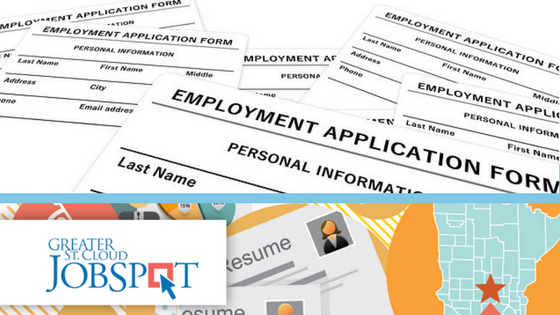1) Identify Your Passions & Strengths
Make a list of activities you enjoy and consider how these activities can translate into a job. If you volunteer at an after-school program, positions such as a teacher or coach may be a viable option. If you like to take pictures in your spare time, you could consider working as a photographer.
2) Determine Your Transferable Skills
Transferable skills can be transferred from one setting to another, such as teamwork, strong communication and leadership. Add these to your resume to demonstrate how past experiences prepared you for the job you are applying. Rehearse some example stories to tell during an interview that demonstrate how you apply these skills in a work setting.
3) Put Together a Resume & Cover Letter
As a first-time job seeker with little to no previous work experience, writing a resume can be challenging. Even if you have no previous work experiences, a resume is crucial. Include clubs and organizations you’ve participated in, volunteer work, academic background, transferable and technical skills and certifications. Work history can be paid, unpaid, part-time or special projects. To view a sample resume or download a template, click here.
Much like a resume, a cover letter is also necessary when applying for a job. Your cover letter should be custom tailored to each company you apply to, explaining how you’d be a valuable asset rather than focusing on your accomplishments. You’re more likely to hear back from a company if you gear your cover letter directly to them and explain how you’d be a good fit.
4) Develop a Job Search Strategy
Pace yourself by setting daily or weekly goals. Set a goal to apply to X amount of jobs each week or spend Y amount of time job searching and networking weekly. Research industry averages, such as salary, so you know what to expect before applying for a job. To establish a more in depth plan, read JobSpot’s 8 Steps to Beginning Your Job Search.
5) Create a LinkedIn Account
Start building your professional network online! LinkedIn is the perfect outlet to connect with former classmates, potential employers, friends and family members while showcasing your skills. Add your skills, a short bio, and connect with businesses, professional groups and alumni groups. Our LinkedIn Guide can help walk you through the process from start to finish.
6) Clean Up Your Social Media Profiles
Your social media profiles can tell a potential interviewer a lot about you and can often be the deciding factor on whether you are offered an interview. Before beginning your job search process, take the time to reassess your online profiles; are they sending a positive message of yourself? If the answer is no, go through and delete all questionable content.
7) Practice Your Pitch
Create an elevator pitch that clearly states not only why you are the best candidate for the job, but also explains why the characteristics and skills you possess make you more qualified (and a better fit!) than other applicants.
8) Get Involved
Focus on building your network. Attend networking events to help make new connections and meet individuals in your field. Keep in contact with classmates, friends and family members – you never know where a potential job lead could come from.
9) Volunteer
By volunteering, you’ll gain experience, acquire new skills, meet new people and give back to the community at large. Although often overlooked, volunteering is a great networking opportunity! It can help you expand your contacts, build career options and, most importantly, gain a sense of accomplishment.
10) Work For the Experience
Maybe the job you landed isn’t exactly what you were looking for. Instead of viewing this as a negative, try to view it as an opportunity to gain experience and contacts, to expand your network, and to build beneficial relationships for the future. This will help you advance to your dream job, so don’t write off internships, job shadowing or volunteer opportunities during your job search process.
